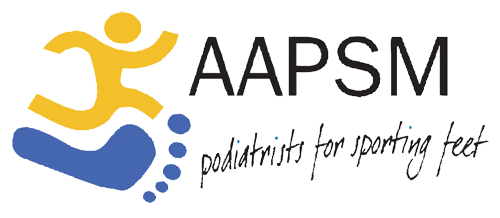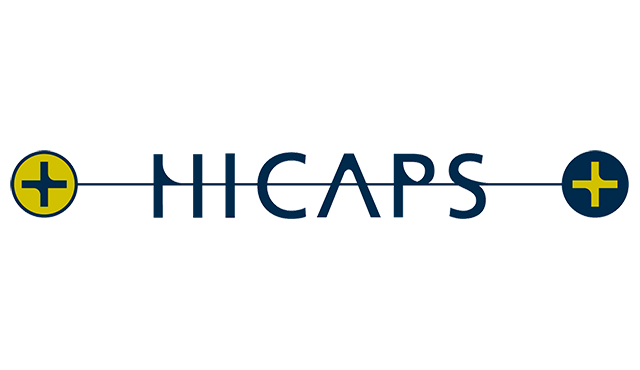Calcaneal Apophysitis Severs Disease
Calcaneal Apophysitis, more widely known as Sever’s or Sever’s disease is a common cause of heel pain in young and physically active children. Sever’s is a condition effecting those between the ages of 8 and 14 years as the heel bone experiences a period of growth.
Muscle activation associated with physical activity increases tension on the growth plate of the heel and may lead to heel pain during or after physical activity. Severs disease is an age-related issue with treatment focused on education and management of the condition, whilst maintaining an inclusive active lifestyle. Severs disease is a self-limiting condition which will resolve itself in time, with podiatry intervention at GCFC directed toward reducing symptoms and improving foot function and lower limb biomechanics with as shorter disruption as possible to your sporting endeavours.
What Causes Severs Disease
Severs disease is a type of bone injury at the growth plate (Apophysis) in the back of the heel (Calcaneus), where the Achilles tendon joins the calf muscle to the heel bone causing painful irritation (Calcaneal Apophysitis).
Painful episodes may be experienced during the phase of growth effecting the attachment area, when the Achilles tendon pulls at the attachment point whilst performing activities involving increased impact and loading, such as running and jumping.
What are the Signs and Symptoms of Severs Disease?
The signs and symptoms of Severs Disease include:
Pain, swelling or redness in one or both heels
Tenderness and tightness in the back of the heel that is exacerbated when the area is squeezed
Heel pain that increases during and immediately after physical exercise involving running and jumping and eases with periods of rest
Difficulty walking, has an altered gait including limping and tip toe walking
Who Gets Severs Disease?
Sever’s disease is age specific between the Ages of 8-14, it develops in physically active pre-teens and is more commonly seen in boys than girls.
Various contributing factors include:
Changes in body composition including height and weight increased BMI (body mass index)
A tendency to be involved in multiple sporting activities with little to no rest between sporting seasons resulting in increases in training volume with no recovery.
The frequency of sporting carnivals requiring high intensity activity over a shorter period
Regularity of training and competing
The type of activity. Sever’s disease is commonly associated with high intensity, weight bearing sports requiring rapid changes of direction, such as Running, Athletics, Touch Football, Cricket, AFL, Netball and Tennis, Gymnastics and Dancing.
Hard playing surfaces that provide little to no shock absorption such as outdoor Netball, Tennis and Basketball courts
Footwear including football boots with heel studs, running spikes or flats with no heel lift, ballet flats and bare feet activities such as Martial Arts and Gymnastics
Individual attributes that may contribute to developing Sever’s disease include those with poor foot posture and altered lower limb biomechanics, including Pes Planus (flat feet) and Ankle Equinus (tight calf muscles)
How do you Diagnose Severs Disease?
Severs disease is predominantly diagnosed through physical examination and history taking. The podiatrists at GCFC will perform a complete Biomechanical examination including gait analysis and muscle range of motion testing, combined with a full history of your sporting activities, review of your training diary, symptoms and a footwear assessment. Medical imaging such as Xrays will usually only be required to rule out any other possible pathologies which may be contributing to your child’s heel pain.
What is the Treatment of Sever’s disease?
Severs disease may require a multifactorial treatment program, the podiatrists at GCFC will tailor treatment to the individuals needs and symptoms focusing on management and education of the condition. Treatment for Severs disease may include:
Education on how to self-manage the symptoms and flare-ups, it is essential that you and your child understand what is aggravating your symptoms and know how to manage them.
Modifying activity and reducing specific movements that cause a direct inflammation of your symptoms
Managing training load may require a period of decreased or modified training, not a cessation or halt to activity.
The podiatrists at GCFC may prescribe specific footwear more suited to your foot posture and activities, or modify your current footwear by introducing temporary heel raises to decrease tension on the apophysis
The podiatrists at GCFC may prescribe functional orthotics to address any underlying lower limb biomechanics that may be contributing to your symptoms
Anti-inflammatory measures including icing can be used after sport





